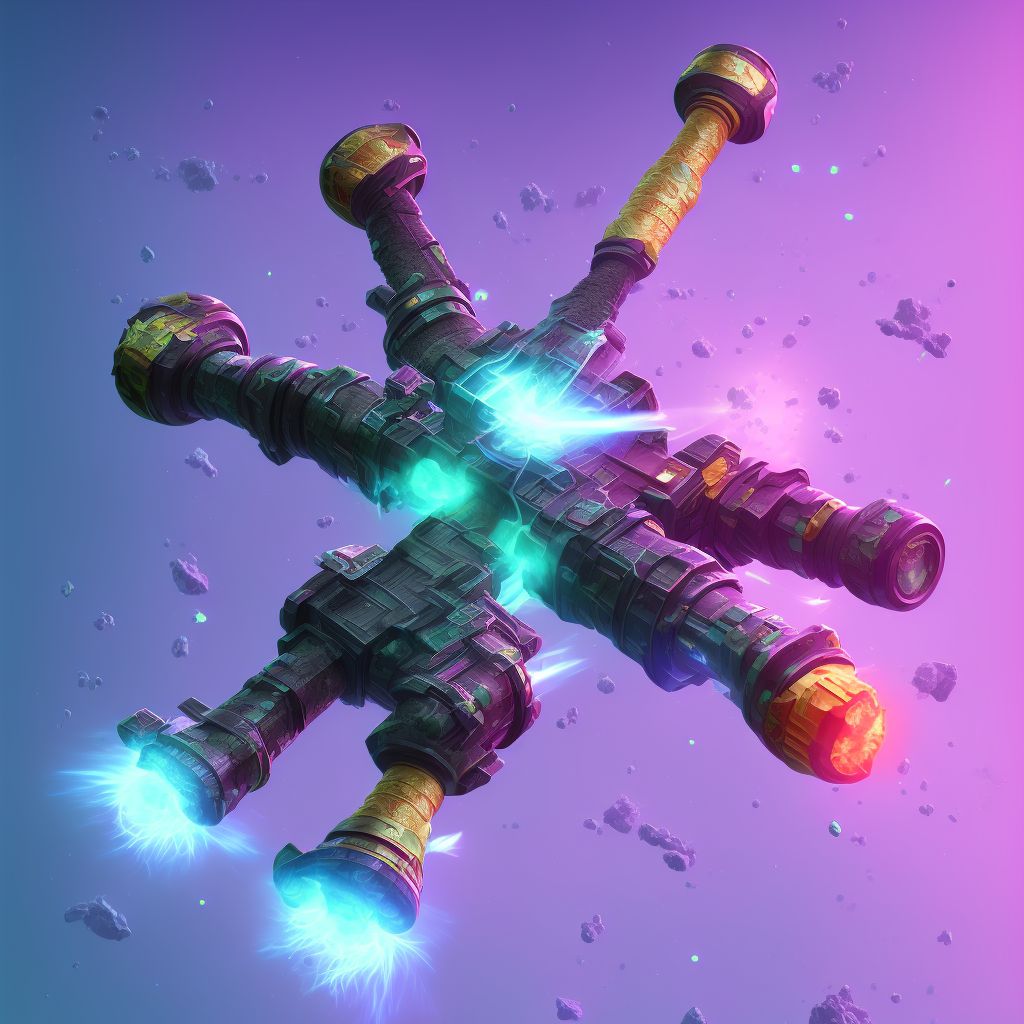
Nondisplaced transverse fracture of shaft of unspecified fibula, subsequent encounter for open fracture type I or II with routine healing Save
ICD-10 code: S82.426E
Disease category: S82.426: Nondisplaced transverse fracture of shaft of unspecified fibula
Nondisplaced Transverse Fracture of Shaft of Unspecified Fibula: Understanding Subsequent Encounter for Open Fracture Type I or II with Routine Healing
A nondisplaced transverse fracture of the shaft of the unspecified fibula refers to a specific type of fracture in the lower leg bone that runs horizontally across the fibula. In this article, we will discuss the subsequent encounter for open fracture type I or II with routine healing, focusing on important details and considerations.
When it comes to fractures, open fractures are those in which the broken bone penetrates the skin, increasing the risk of infection. Open fractures are categorized based on the severity of the wound, with type I or II indicating a relatively minor wound.
During the subsequent encounter for open fracture type I or II with routine healing, medical professionals assess the progress of the healing process. This encounter typically occurs after the initial treatment, which may have involved cleaning the wound, immobilizing the fracture with a cast or splint, and providing necessary pain relief.
Patients should understand that routine healing refers to the expected progression of the fracture towards recovery without complications. It is essential to follow the prescribed treatment plan, including regular check-ups and proper care of the wound to facilitate healing.
During the subsequent encounter, medical professionals may conduct various assessments, such as physical examinations, X-rays, or other imaging tests, to evaluate the healing progress and ensure there are no unexpected complications. They will also provide guidance on lifestyle modifications, exercises, and weight-bearing recommendations to aid in the recovery process.
It's important to note that treatment options for this type of fracture may vary depending on individual circumstances. Therefore, it is crucial to consult with a healthcare professional for personalized medical advice and guidance.
- Follow the prescribed treatment plan diligently.
- Attend regular check-ups to monitor healing progress.
- Take necessary precautions to avoid re-injury.
- Adhere to lifestyle modifications and weight-bearing recommendations.
In conclusion, a nondisplaced transverse fracture of the shaft of the unspecified fibula is a specific type of fracture that requires appropriate medical attention. The subsequent encounter for open fracture type I or II with routine healing is an important step in the recovery process. By following the prescribed treatment plan and maintaining regular follow-ups, patients can ensure a successful healing journey.
Treatment of Nondisplaced transverse fracture of shaft of unspecified fibula, subsequent encounter for open fracture type I or II with routine healing:
Treatment Options for Nondisplaced Transverse Fracture of the Shaft of Unspecified Fibula
A nondisplaced transverse fracture of the shaft of the unspecified fibula is a type of bone fracture that occurs in the lower leg. It is characterized by a break in the fibula bone without any significant displacement. Treatment for this type of fracture aims to promote healing and restore nor...
To see full information about treatment please Sign up or Log in